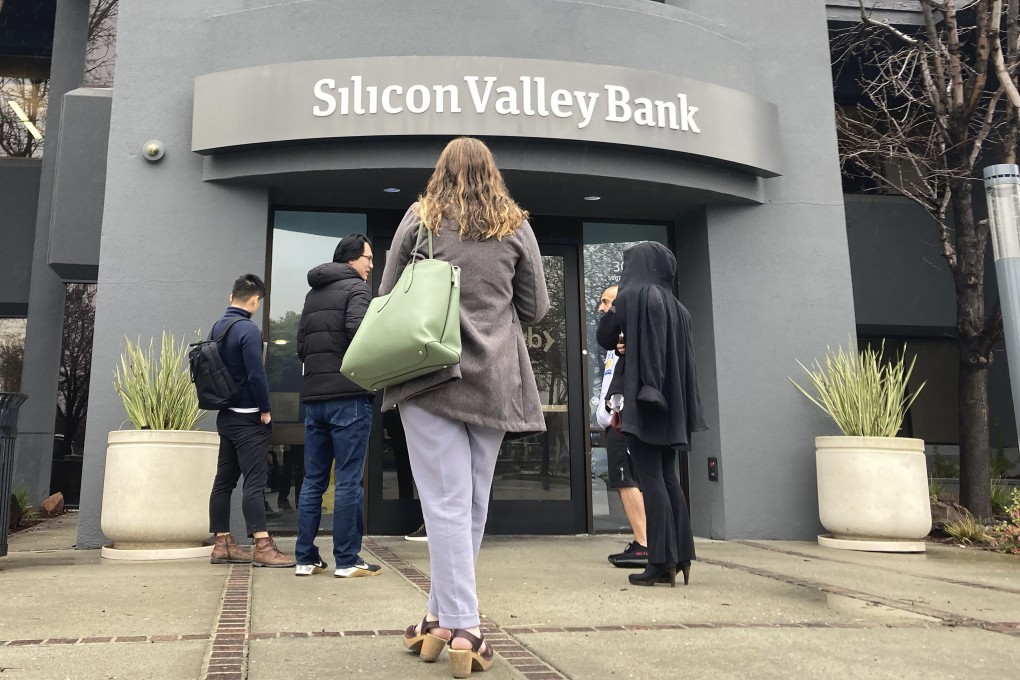Advertisement
Macroscope | A pause in interest rate rises, rather than cuts, might be the best investors can hope for
- That there is still much uncertainty over where benchmark US rates are heading attests to the unpredictability of the financial and economic landscape
- What is clear is that while rate increases set off the recent market turmoil, rate cuts would be an indication of the severity of the damage to confidence
Reading Time:3 minutes
Why you can trust SCMP

Are the world’s hard-hit consumers and businesses about to get some relief as leading central banks start to cut interest rates? As recently as the beginning of this month, posing such a question would have been regarded as wishful thinking.
Advertisement
On March 7 – just before the turmoil in the global banking system erupted – traders were betting the US Federal Reserve would raise rates by a further 100 basis points to a peak of just over 5.6 per cent by September, according to Bloomberg data. At the time, this seemed like a sensible wager given the persistence of high inflation and the resilience of the US labour market.
Fast forward three weeks and those bets seem a distant memory. Not only are derivative markets pricing in a high probability of the Fed keeping rates on hold at its next meeting in May, traders expect rates will be cut by at least half a percentage point by the end of this year.
Markets are also pricing in lower borrowing costs in other countries, including Canada and Australia, and believe rates in the euro zone are unlikely to rise much further.
The sharp repricing is one of the most conspicuous effects of the crisis of confidence in the banking sector that has led to the failure of three mid-sized American banks, prompted the emergency takeover of Credit Suisse by its local rival UBS and left another mid-tier US bank, First Republic, teetering on the edge of implosion.
Advertisement
What began with a run on Silicon Valley Bank – whose huge unhedged bet on borrowing costs remaining low backfired spectacularly, exposing the perils of poor management of interest rate risk and an unstable deposit base – quickly morphed into fears about hidden dangers in the financial system.

Advertisement
